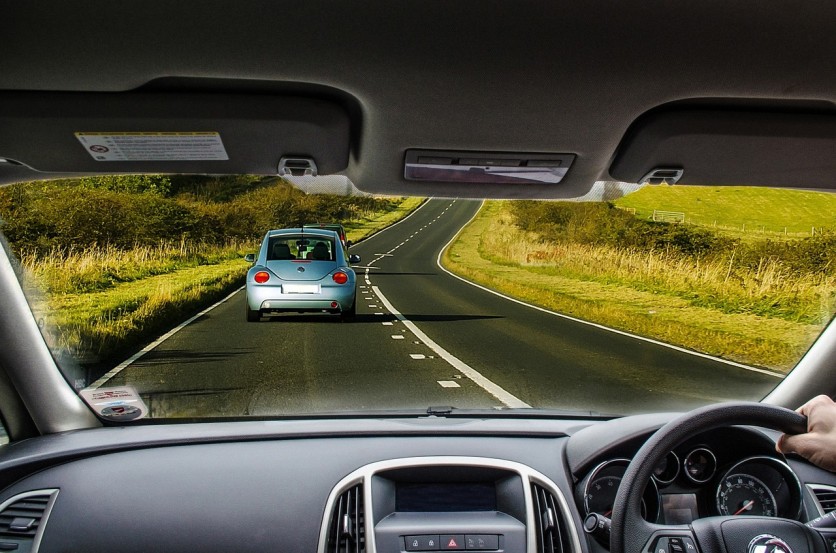Self-driving cars have revolutionized the automotive industry, but recent research conducted at the University of Copenhagen's Department of Computer Science reveals a significant hurdle they still face-understanding and navigating social interactions in traffic.
While humans effortlessly make split-second decisions on when to yield or give way, self-driving cars struggle with these social cues, as highlighted in the study.
By analyzing numerous videos uploaded by YouTube users capturing self-driving cars in various traffic situations, the research sheds light on the difficulties autonomous vehicles encounter when determining when to stop and when to proceed.

Social Interactions During Traffic
Professor Barry Brown, an expert who has been studying self-driving car behavior for five years, emphasizes that navigating traffic is not solely based on traffic rules but also relies heavily on social interactions and body language.
He noted that self-driving cars' programming falls short in interpreting these social cues, leading to challenges in consistently understanding when to stop or when someone is yielding. This limitation can prove both inconvenient and hazardous, endangering both pedestrians and drivers.
Although companies such as Waymo and Cruise have deployed taxi services utilizing self-driving cars, and Tesla has introduced their FSD (full self-driving) model to volunteer drivers, the true capabilities and performance of self-driving cars have remained relatively undisclosed.
In an effort to bring clarity to this matter, Professor Brown and his team conducted a thorough analysis utilizing 18 hours of YouTube footage captured by enthusiasts who tested self-driving cars from the back seat.
The research provides examples, such as a video showing a family attempting to cross a residential street. Although there is no pedestrian crossing, the family signals for the self-driving car to proceed. However, the car unexpectedly stops next to them for 11 seconds, confusing the family.
As they start walking across the road, the car resumes movement, causing them to hastily return to the sidewalk. The frustration of the encounter is encapsulated when someone from the back seat rolls down the window and exclaims, "Sorry, self-driving car!"
Socially Unintelligent?
"The situation is similar to the main problem we found in our analysis and demonstrates the inability of self-driving cars to understand social interactions in traffic," said Professor Brown.
"The driverless vehicle stops so as to not hit pedestrians, but ends up driving into them anyway because it doesn't understand the signals. Besides creating confusion and wasted time in traffic, it can also be downright dangerous."
In San Francisco, a city at the forefront of technology, self-driving cars have faced resistance due to their inappropriate reactions to other road users. Reports have emerged of chaotic traffic events caused by self-driving cars reacting excessively to fog, leading to unnecessary stops and traffic congestion.
Despite a decade of development and substantial investments, self-driving cars continue to make numerous errors, obstructing other drivers and disrupting traffic flow, according to the team.
Professor Brown suggests that part of the difficulty lies in the industry's oversight of the social element of driving. While humans instinctively navigate social interactions, designing self-driving systems requires a comprehensive understanding and incorporation of these interactions into the technology.
The study's findings were published in the Proceedings of the 2023 CHI Conference on Human Factors in Computing Systems.
Related Article : Creepy Googly Eyes Could Make Self-Driving Cars Safer for Pedestriants, Researchers Claim





